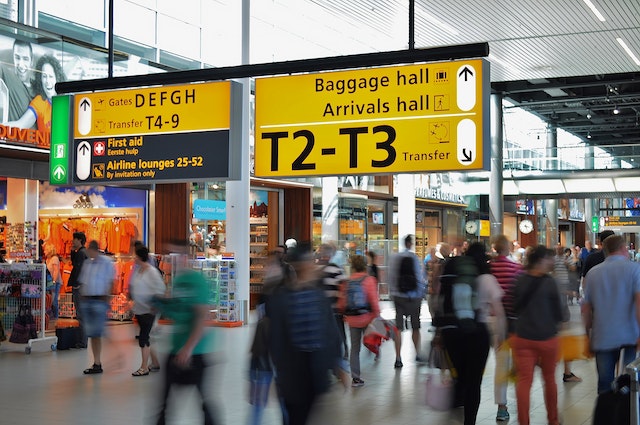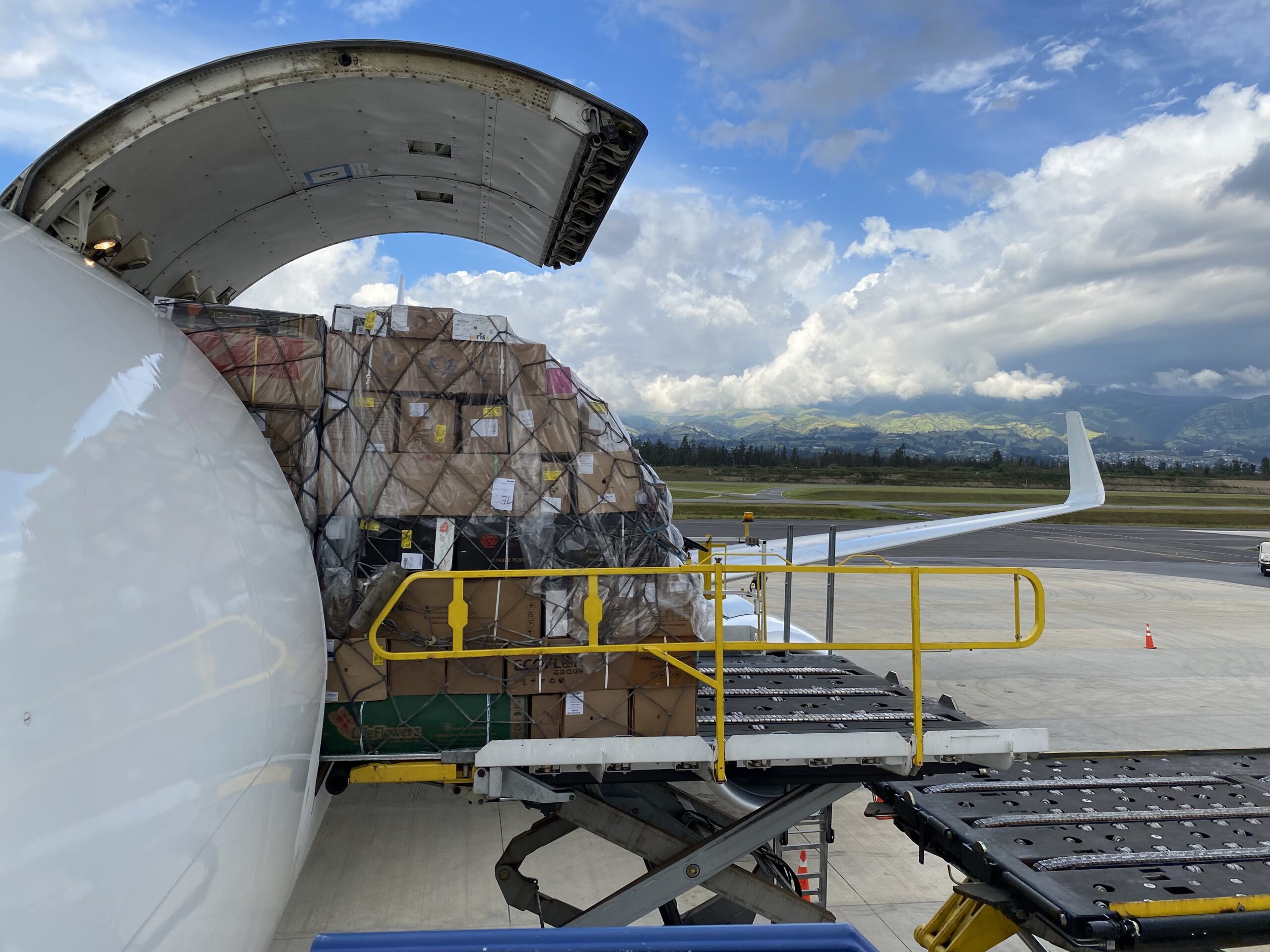Last updated on August 1st, 2023 at 04:03 pm
Supply and demand conditions, consumer spending related to hight interes rates, pilot market.
Pilot labor market
Is there really a pilot shortage?

There has been contradictory information across several sources about this topic. While the Airline Pilots Association, ALPA, has stated in several releases that there is no reason to call for a staffing problem. ALPA implies that there is failure in attracting and retaining pilots while airlines are running their business “profit first”, also staff planing was better at some airlines than others. Another important statement form ALPA is that in 2022 there has been much more ATP-MEL certificates issued.
Contrastingly the Regional Airline Association, RAA, that represent 41% of scheduled passenger flights in the U.S. issued a statemed regarding ALPA’s position. RAA states:
Far from showing an abundance of pilots, the data signals a lasting and worsening shortage. For example, 2022 Multi-engine Commercial ratings, a strong indicator of future supply, are projected to be just half of a typical years’ output.
Regional Airline Association, ALPA Pilot Shortage Misinformation Continues; RAA Corrects the Record. December 23, 2022-
Regional Airline Association also indicates that aroung 70% of qualified pilots aged 43-64 will reach the mandatory retirement age within 15 years, around 13% of them will reach this age within 5 years.
With information of the U.S. Bureau of labor statistics overall employment of airline and commercial pilots is projected to grow 6 percent from 2021 to 2031.
About 18,100 openings for airline and commercial pilots are projected each year, on average, over the decade. Many of those openings are expected to result from the need to replace workers who transfer to different occupations or exit the labor force, such as to retire.
While both airline pilots associations stand very different we can see in the labor market that many airlines specialy the regionals are offering starting and completion bonuses to attract pilots to their cockpits. At the end most likely these bonuses will be passed to the consumer increasing fares in a cyclical environment.
Supply and demand
are there enough pilots to meet this summer travel expectations?

Commercial aviation is known to be a highly cyclical business so while there is an economic expansion, therefore, increasing demand in passenger aviation, there will be a surge in highly skilled aviators. Directly correlated, in economic downturns pilots will be in the front line facing layoffs.
Being this a classic example of supply and demand, as of the first half of 2023 the supply of skilled pilots do not seem to meet the need of aviators for the coming summer season. Many may blame the end of the pandemic and tourists that got “grounded” plans during covid start to pick up their dream vacations, some others may blame corporate travelers that switched from personal meetings to video conferences starting to notice the “personal touch” of doing business is needed.
Any reason it may sound logical to anyone we are talking about demand, and while a steady increase in demand is positive because this helps creating new job positions and overall economic expansion. An excess in demand when supply of labor force is not keeping up the same pace will bring important constraints and disruptions like the one we saw in the summer of 2022 with more than 210,000 flights cancelled through the year.
Consumer behavior
are more passengers expected to travel?

Demand from american consumers are key drivers for travel demand and as a consequence the urge for airline staff. An excess of disposable income in households will drive up leisure activities and travel. While tighter budgets will result on people spending more in essential necesities like groceries, and less in discretionary consumption like travel.
Spending in the US had a strong begining in 2023 with debit and credit card spending showing a 5% yearly increase, then moderated in March and softened further in April, informed by Bank of America “Consumer Checkpoint” publication. This information shows consumer moderation and americans being more cautious looking for value.
Although softening in spending ticket sales point to a very challenging condition this summer travel season of 2023 (May – September). IATA Economics has announced some insights of what demand for passenger travel is forecast. Recovery of summer travel is expected to reach 92% levels seen in 2019 industry wide, this recovery has not been balanced trought the world, in northamerica improvement has reached 99% of 2019 levels while comparably in the Asia – Pacific region only 77% in the same comparison.
Seasonal travel is known to lag economic conditions as many passengers plan their trips in advance. We can expect a very busy season for travelers across the U.S. but we would expect to have a lower than expected post summer condition due to softening demand in discretion consumption.
Conclusion
Demand for travel this summer season is expected to be higher than last year and travel disruptions may be encountered as staffing shortages may be likely to occur.
Thank you for reading. Redacción Wingvest Journal.

Bureau of Labor Statistics, U.S. Department of Labor, Occupational Outlook Handbook, Airline and Commercial Pilots, May 10, 2023
© International Air Transport Association, 2019 . Strong ticket sales point to a busy summer travel season. All Rights Reserved. Available on IATA Economics page.
ALPA Pilot Shortage Misinformation Continues; RAA Corrects the Record.
Washington, DC, December 23, 2022.
Bank of America Institute, Economic Insights, Consumer Checkpoint, Higher-income pullback May 10, 2023


